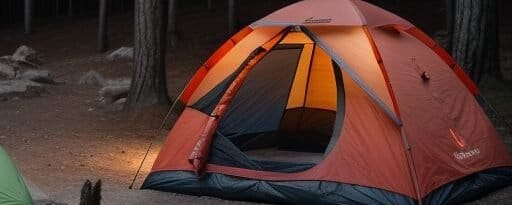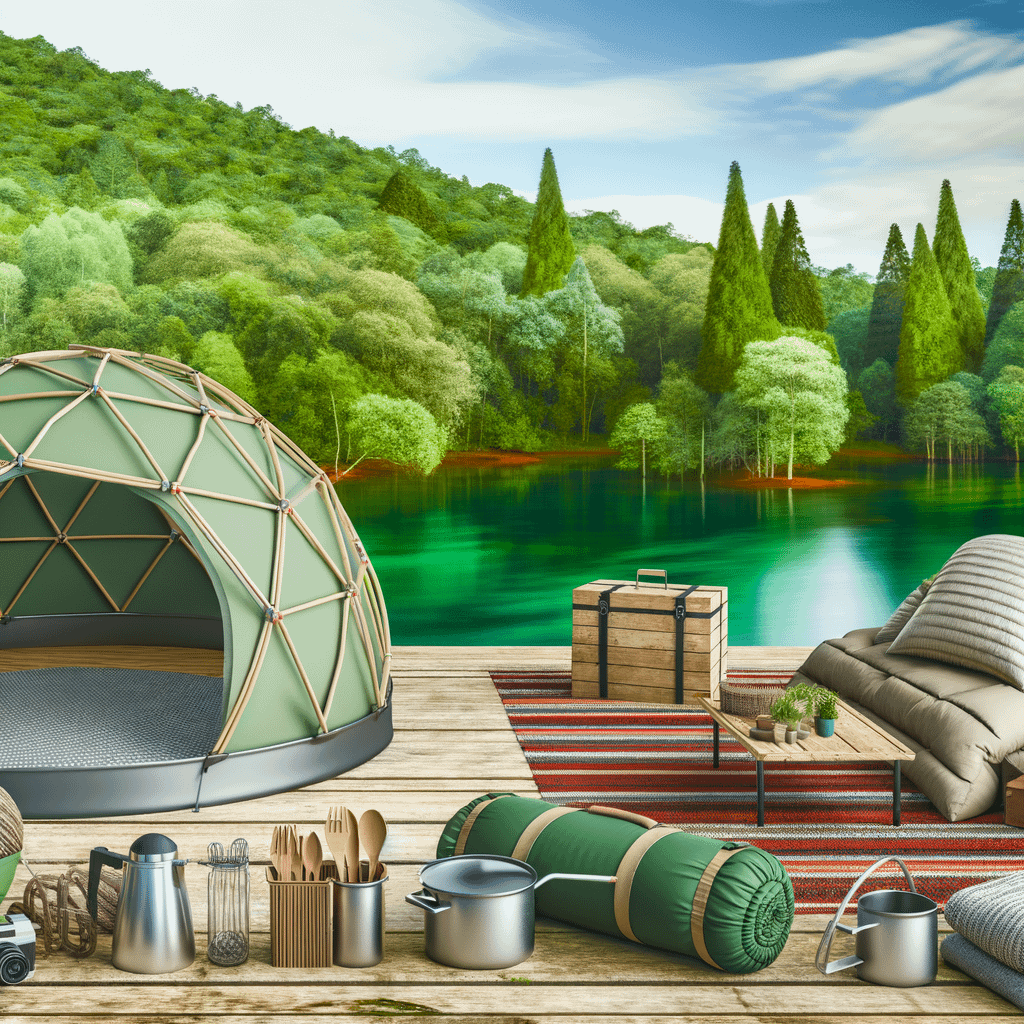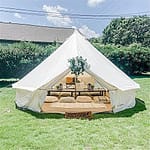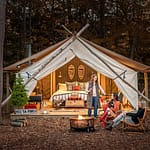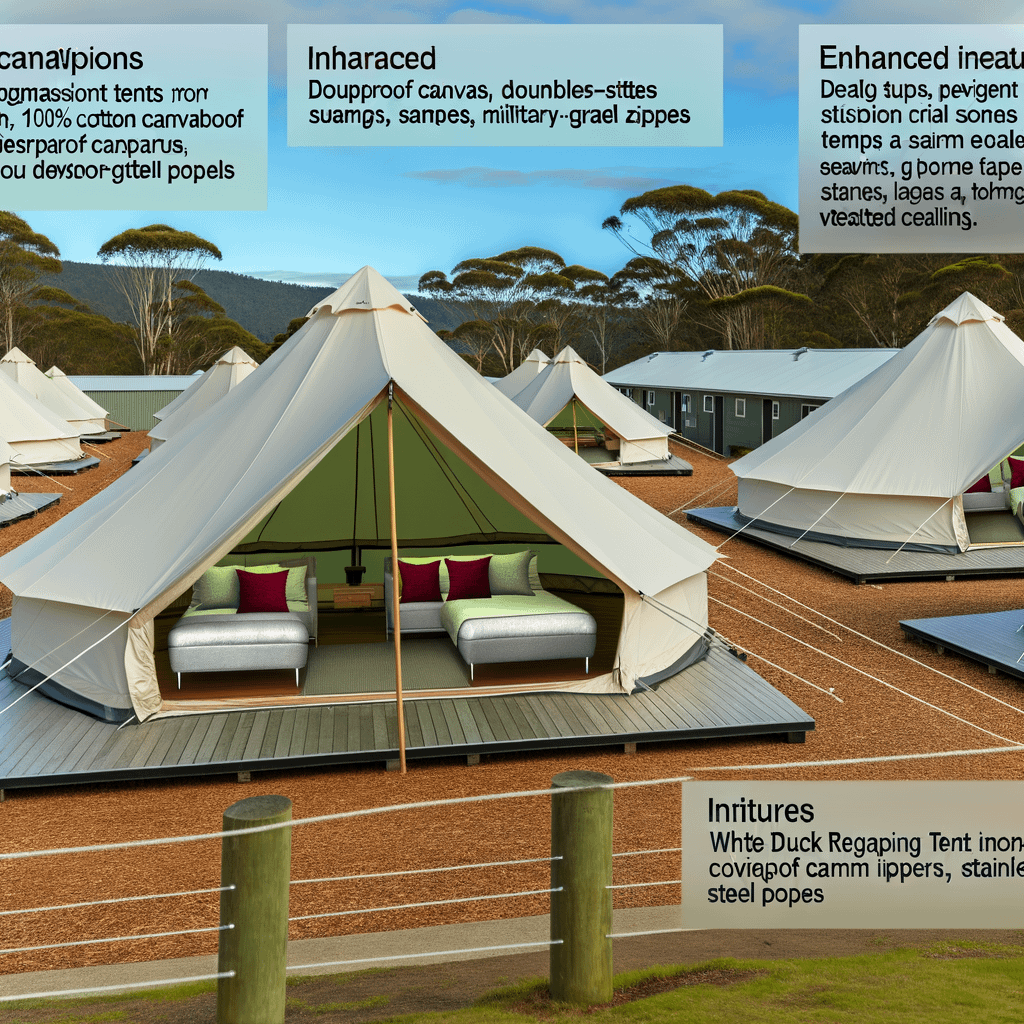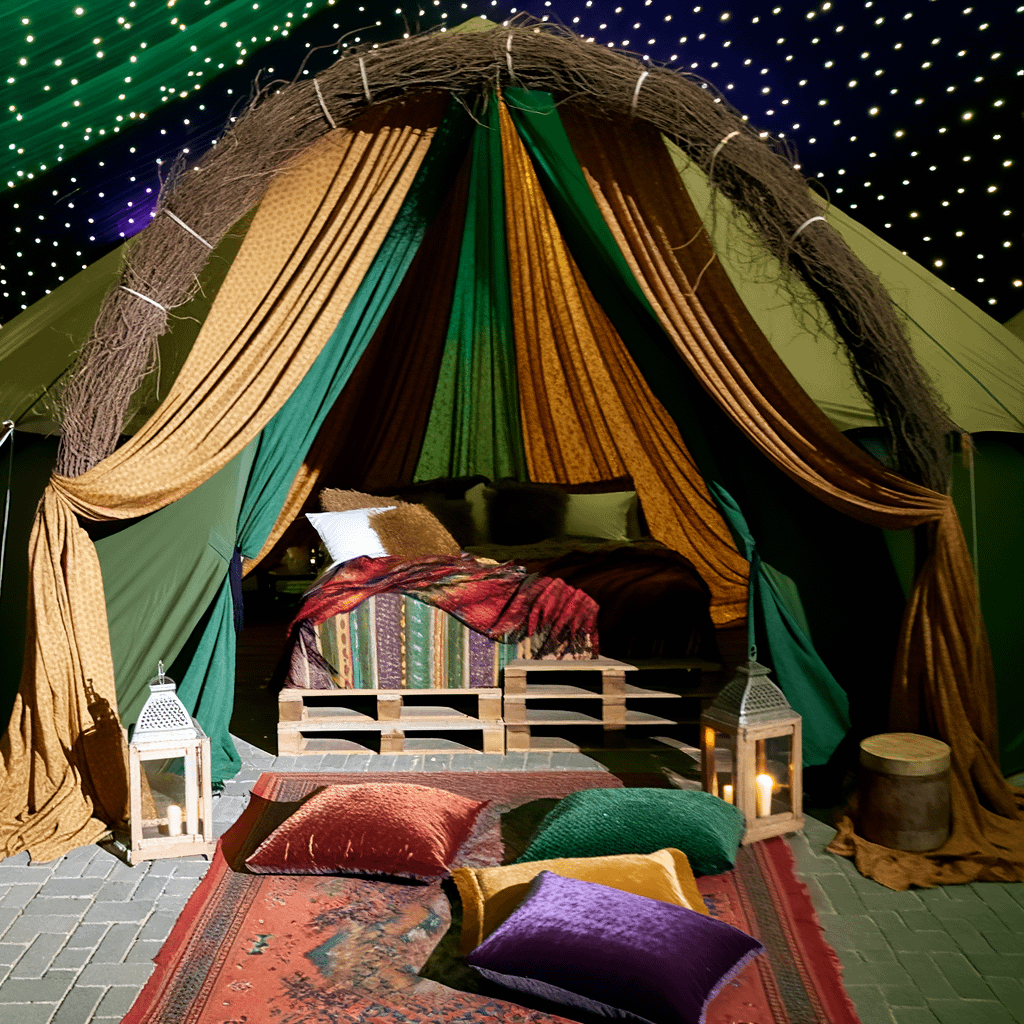Eco-Friendly Glamping: Sustainable Products for Responsible Luxury
`Forget everything you know about camping. Glamping—glamorous camping—has rewritten the rules of outdoor escapes, offering luxurious comforts in the midst of nature. But as more campers swap tents for yurts and sleeping bags for memory foam, one question rises: can luxury and sustainability coexist in the wilderness? The answer is a resounding yes—and it starts with the right eco-friendly gear.
As the glamping trend grows, so does our responsibility to protect the very landscapes we retreat to. Incorporating sustainable products into your glamping setup isn’t just a nice-to-have—it’s essential. Whether you’re pitching a safari tent deep in the forest or lounging lakeside in a stylish dome, your gear should reflect your commitment to the planet. In this guide, we’ll cover essential sustainable products that allow you to indulge in comfort while treading lightly on Earth.
What Makes a Glamping Product Sustainable?
Not all gear labeled “eco-friendly” truly is. Sustainable glamping products stand apart thanks to their thoughtful design and impact. First, they’re made using eco-conscious materials such as organic cotton, bamboo, recycled plastics, or ethically harvested wood. These materials typically have a lower carbon footprint than conventional alternatives.
Durability and reusability also play a crucial role. Sustainable products are built to last—reducing waste from constant replacements. They may also be modular or multipurpose to further minimize resource use. Sourcing matters too. Fair-trade certifications and ethical labor ensure people, not just the planet, are treated with respect.
Lastly, look for items that either biodegrade naturally, like compostable cutlery, or can be fully recycled. According to the Global Sustainable Tourism Council, “In a sustainable travel experience, all aspects—from materials to waste—should aim to benefit local environments and communities, while doing no harm.”
Sustainable Sleeping Solutions
Sleep under the stars without compromising your green values. Choose bedding made from organic cotton or bamboo. Not only are these materials breathable and comfortable, they’re grown without harmful pesticides and require less water during cultivation.
Eco-friendly sleeping bags are another must. Many brands now offer insulation made from recycled plastic bottles or plant-based alternatives that still perform well in cold conditions. Pads and mattresses made from sustainably sourced latex or recycled foam add an extra layer of comfort without contributing to landfill woes.
These options allow you to unwind in nature’s arms without sacrificing either comfort or conscience.
Green Shelter and Furnishings
Modern shelters don’t have to come at the environment’s expense. Look for tents crafted from recycled PET bottles or organic canvas. These materials are durable and weather-resistant, while also made with low-impact processes.
For nighttime ambiance, ditch traditional battery-powered lanterns and embrace solar-powered or LED lighting. They’re energy-efficient, long-lasting, and won’t leave behind wasteful batteries. Pair them with furnishings made from reclaimed wood or fast-growing bamboo—furniture that’s as beautiful as it is responsible.
Storage matters too. Lightweight and collapsible bins made from recycled mesh or fabric offer practical and sustainable solutions for keeping your glamp site tidy.
Eco-Friendly Cooking and Dining Essentials
Ditch the plastic. For meals, use biodegradable or reusable dishware, cutlery, and cookware made from stainless steel, bamboo, or wheat straw. These options can be stylish and sturdy, making them perfect for multiple glamping trips.
Cooking sustainably is easier than ever with solar ovens or portable stoves that use biofuels. These emit fewer pollutants and reduce dependence on charcoal or traditional gas. Bring along refillable water bottles and a compact filtration system to eliminate the need for bottled water altogether.
Compostable trash bags and reusable food containers mean your picnic doesn’t leave behind a trail of waste. Keeping your kitchen green is easier than you think.
Personal Care and Hygiene Products
Even your self-care routine can support the environment. Switch out traditional toiletries for biodegradable options—think shampoo bars, plant-based soaps, and reef-safe sunscreen. These items naturally break down without polluting water sources.
Replace single-use essentials with reusable alternatives like bamboo toothbrushes and organic cotton face cloths. Quick-drying, reusable towels made from hemp or recycled fabrics offer functionality and eco-kindness in one.
And for a refreshing rinse in the wild, portable solar showers are an excellent low-impact hygiene solution that requires zero electricity.
Off-Grid and Low-Impact Power Sources
Living off-grid doesn’t mean going powerless. Solar chargers and battery packs allow you to recharge essentials like phones and GPS devices using clean energy. They’re compact, lightweight, and surprisingly efficient.
You can also pack hand-crank lanterns and flashlights for a reliable light source that never runs out of juice. Some models even include USB charging ports for added functionality.
Look for power banks designed with energy efficiency in mind. This ensures that every watt you consume counts—and nothing goes to waste.
Sustainable Clothing and Accessories
What you wear matters just as much as what you pack. Choose clothing made from organic cotton, hemp, or recycled polyester. Not only are these materials light on the skin, but they also require fewer resources to produce.
Footwear and bags made from recycled rubber or plastics give new life to old materials and reduce resource extraction. Multi-functional garments, like a jacket that turns into a travel pillow, reduce the need to overpack and cut down your environmental burden.
Sustainable style never looked so good—or did so much good.
Tips for Sustainable Glamping Practices
Product choices are only half the battle. Responsible glamping also comes down to your behavior. Always pack light and avoid single-use plastics. Opt for compact, reusable items whenever possible.
Adopt a “leave no trace” attitude. Properly dispose of all waste, avoid disrupting wildlife, and resist the urge to take anything “souvenir-like” from nature. Even small shifts in behavior can lead to big ecological improvements.
And most importantly, support glamping sites and product companies that prioritize eco-ethics. Your dollars can drive change in the industry.
Recommended Brands and Products
Several brands stand out in the sustainable outdoor space. Patagonia, for example, is renowned for its transparent supply chain and use of recycled materials. For durable cookware and eating sets, check out UCO Gear and Klean Kanteen. Both offer zero-waste and BPA-free designs ideal for glamping.
For shelters and bedding, brands like Tentsile offer treehouse-style setups made from recycled materials. Meanwhile, Cotopaxi and Allbirds excel in eco-friendly apparel and accessories. Their products blend function, flair, and planet-friendly sourcing.
Each of these brands makes it easier to align your love of comfort with your care for the Earth.
Conclusion
Sustainable glamping isn’t about sacrificing luxury—it’s about redefining it. With the right gear and a mindful approach, you can enjoy extraordinary experiences in nature while keeping your footprint light.
From eco-conscious shelters to biodegradable soaps, each product and practice plays a role in preserving the places we love. The future of travel belongs to those who blend indulgence with integrity.
Next time you plan a glamping adventure, pack with purpose. The planet—and your peace of mind—will thank you.
“`
